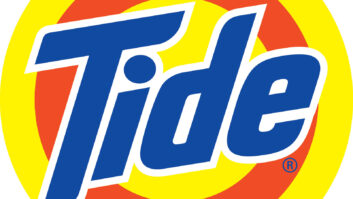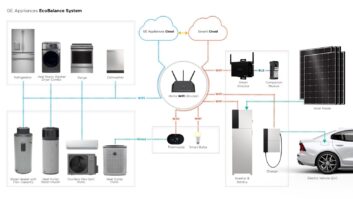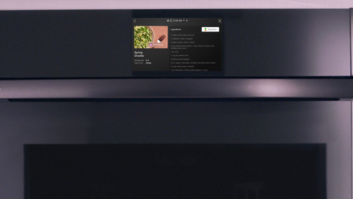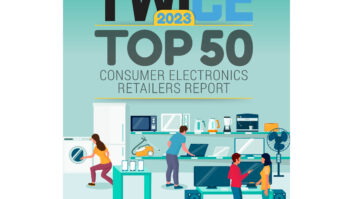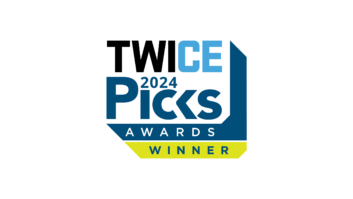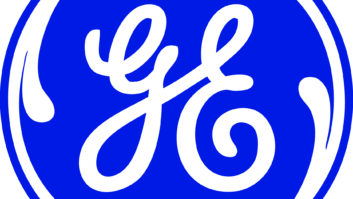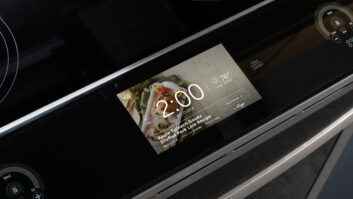NEW YORK – Electrolux’s $3.3 billion buyout of GE Appliances is garnering mixed reviews.
According to the consensus, the melding is a win-win for the manufacturers, which have complementary businesses and face an increasingly competitive marketplace.
But the deal, Electrolux’s largest ever, is leaving some retailers feeling queasy over the consolidation of market share and the loss of the second major whitegoods supplier in eight years, following Whirlpool’s absorption of Maytag in 2006.
To Dave Stevenson, president/CEO of market research firm The Stevenson Company, the acquisition is good for both vendors, as “it allows Electrolux to become a major player in the North American market while GE is able to exit a business outside the scope of their current strategic focus.”
Indeed, Electrolux will control about a quarter of the U.S. majap retail market post-acquisition, Stevenson’s TraQline data suggests, and together with Whirlpool’s 33 percent share, the two companies will account for well over half of all appliances sold through that channel, he said.
Electrolux also gains a much stronger presence in the contract channel, Stevenson noted, with the combined business holding the largest share of that market.
Stevenson, a TWICE market research partner, was cited by the Federal Trade Commission (FTC) in its deliberations over the Whirlpool-Maytag deal.
Industry observers also point to GE’s prowess in laundry, bottom-mount refrigeration and logistics as strategically significant prizes.
In addition, there’s limited overlap within the brand portfolios, which should spare Electrolux some of the integration issues that hindered Maytag’s assimilation. Electrolux’s U.S. brand family is primarily built around the premium Electrolux badge and mass market Frigidaire moniker, while GE’s brand basket begins with the opening price point Hotpoint label and moves up the pricing spectrum with its GE, Café, Profile and premium Monogram brands.
For GE chairman/CEO Jeff Immelt, who first shopped the 100-plus-year-old business in 2008, the sale provides an exit strategy for a unit outside the conglomerate’s core industrial focus, which includes its higher-margin oil, gas, power generation, aviation, and healthcare segments.
Last month the company also jettisoned the private- label credit card business of GE Capital, which emerged from an initial public offering as Synchrony Financial. GE described the move as the first step in a planned, staged exit from its North American retail finance operation, the nation’s largest.
“GE Appliances is a great business and we are proud of the role it has played in GE’s history,” Immelt said. “Electrolux is the right global business for our customers, consumers and employees … GE Appliances’ people, valuable home appliances brand, products, distribution, and service capabilities make it a perfect fit with Electrolux and its goal of accelerating growth in the U.S.”
Dinesh Kithany, home appliances senior analyst at IHS Technology, concurred. “Electrolux historically has expanded through acquisitions, and its latest purchase reflects the wisdom gained from experience,” he said. “From every perspective imaginable, the GE buy represents a good ‘strategic’ fit that will boost Electrolux’s position in the global home appliance market. The acquisition will benefit Electrolux in terms of corporate culture, branding, customer base, product line and regional exposure. With GE’s additional sales, Electrolux will be able to close the gap with the market leader Whirlpool in the United States.”
But synergies aside, merchants and analysts said the vendor consolidation will also give retailers fewer choices and less pricing power in the marketplace.
“I understand why it makes sense for Electrolux,” said John White, appliances executive VP of the $13 billion Brand- Source merchandising group. “But for the independent retailer, less suppliers is not necessarily a good thing.”
Electrolux president/CEO Keith McLoughlin tacitly acknowledged the issue’s sensitivity with customers, noting that “I would hope their response will be positive.”
Like White, Jay McCanless, an analyst with Sterne Agee, also believes that the acquisition will weaken the retailer’s hand. “Long term, we view the removal of a competitor as positive for domestic pricing power,” he observed in a research note, suggesting that Whirlpool’s greater post-merger pricing leverage would offset the threat of a much larger competitor.
But Bill Trawick, outgoing president and executive director of the NATM Buying Corp., dismissed that argument in an interview last month with TWICE. “At the industry’s peak there were three top brands,” he said. “Today there are five, all competing for a lot less business.”
The cash transaction will give Electrolux licensed access to the GE brand for 40 years with an option to renew, and also includes a 48.4 percent stake in Mexican appliance manufacturer Mabe, a GE joint venture.
Moreover, the deal would more than double Electrolux’s North American sales to about $11 billion, about on par with Whirlpool, and would close the gap worldwide. Whirlpool’s net sales were $18.8 billion last year (excluding its recent stake in Italy’s $3.6 billion Indesit), compared to $16.7 billion for Electrolux and $5.7 billion for GE Appliance.
McLoughlin told TWICE it will likely take three to four years to fully integrate the two Southern operations.
Based on the FTC’s approval of the Whirlpool-Maytag merger, and the emergence since then of LG and Samsung as strong local competitors, both parties expect the acquisition to pass regulatory muster and close by mid-2015.
In announcing the deal, the Swedish manufacturer said GE represents an “attractive strategic fit” in North America and provides “significant synergies” in sourcing and operations, which could reduce costs by $300 million annually.
In a statement, McLoughlin described the acquisition as “an historic moment and important strategic move for the Electrolux Group, which takes our company to a new level in terms of global reach and market coverage.”
He added that GE’s product line complements his own company’s brands; “strengthens our commitment to the appliance business”; and will enhance its presence in North America and worldwide by providing Electrolux with “the scale and opportunity to accelerate our investments in innovation and global growth.”
GE put its appliance division back on the auction block earlier this year after first spending $1 billion to update its plants and products and bring offshore production back to the U.S.
Electrolux was considered a front-runner for the sale, although Quirky, a business incubation start-up with appliance and home-automation investments, was another rumored contender.
DEAL AT A GLANCE
Purchase price: $3.3 billion, cash
Valuation: 8 times trailing 12 month’s EBITDA
Projected annual cost savings: $300 million
Expected close: mid-2015
GE brand licensing term: 40 years
GE majap sales: $5.7 billion
Electrolux N.A. sales: $5.3 billion
GE majap chief: Chip Blankenship, aircraft engine engineer
Electrolux N.A. chief: Jack Truong, chemical engineer
GE majap headquarters: Louisville, Ky.
Electrolux N.A. headquarters: Charlotte, N.C.
Brands: Electrolux, Frigidaire, Hot Point, GE, Café, Profile, Monogram




